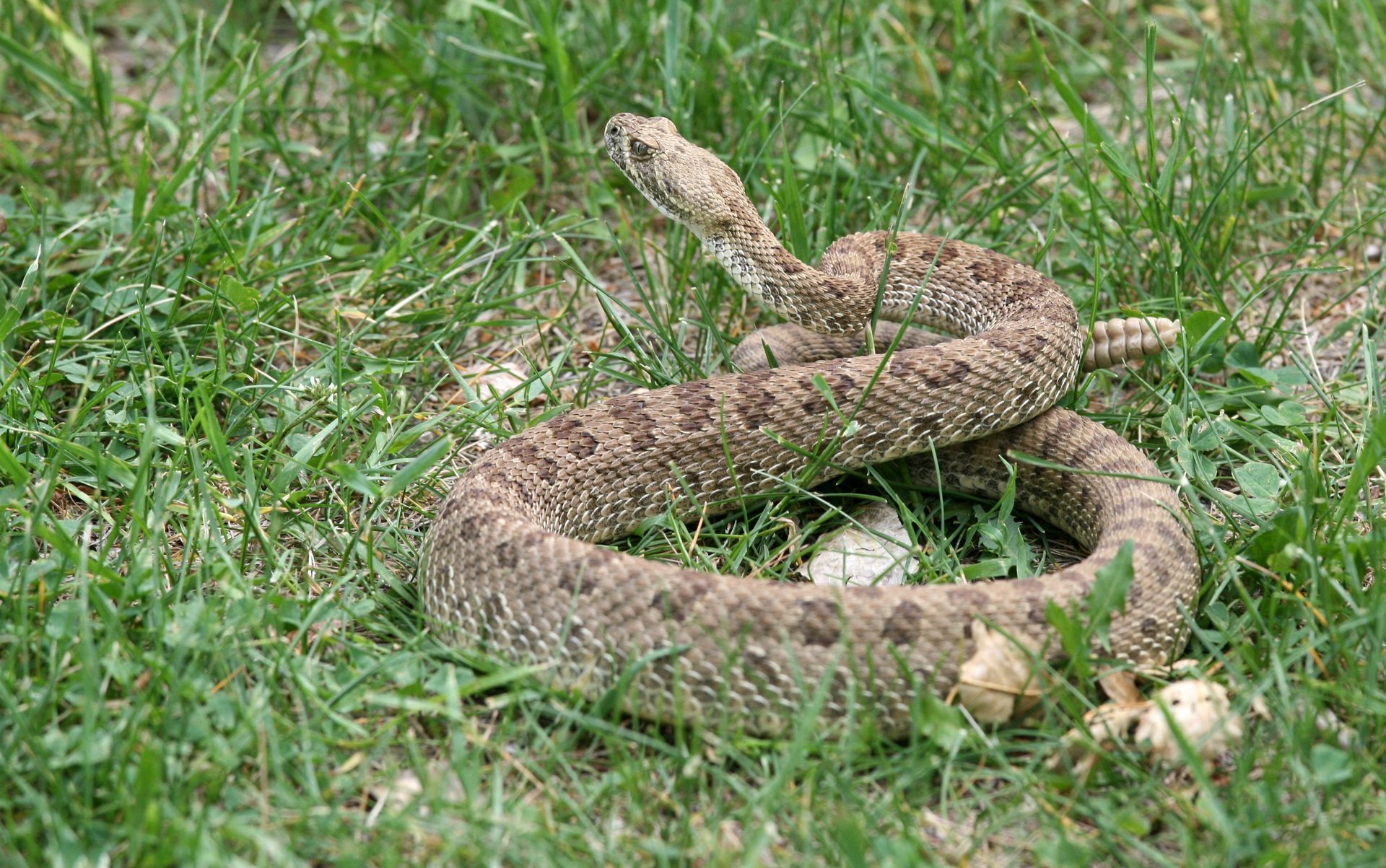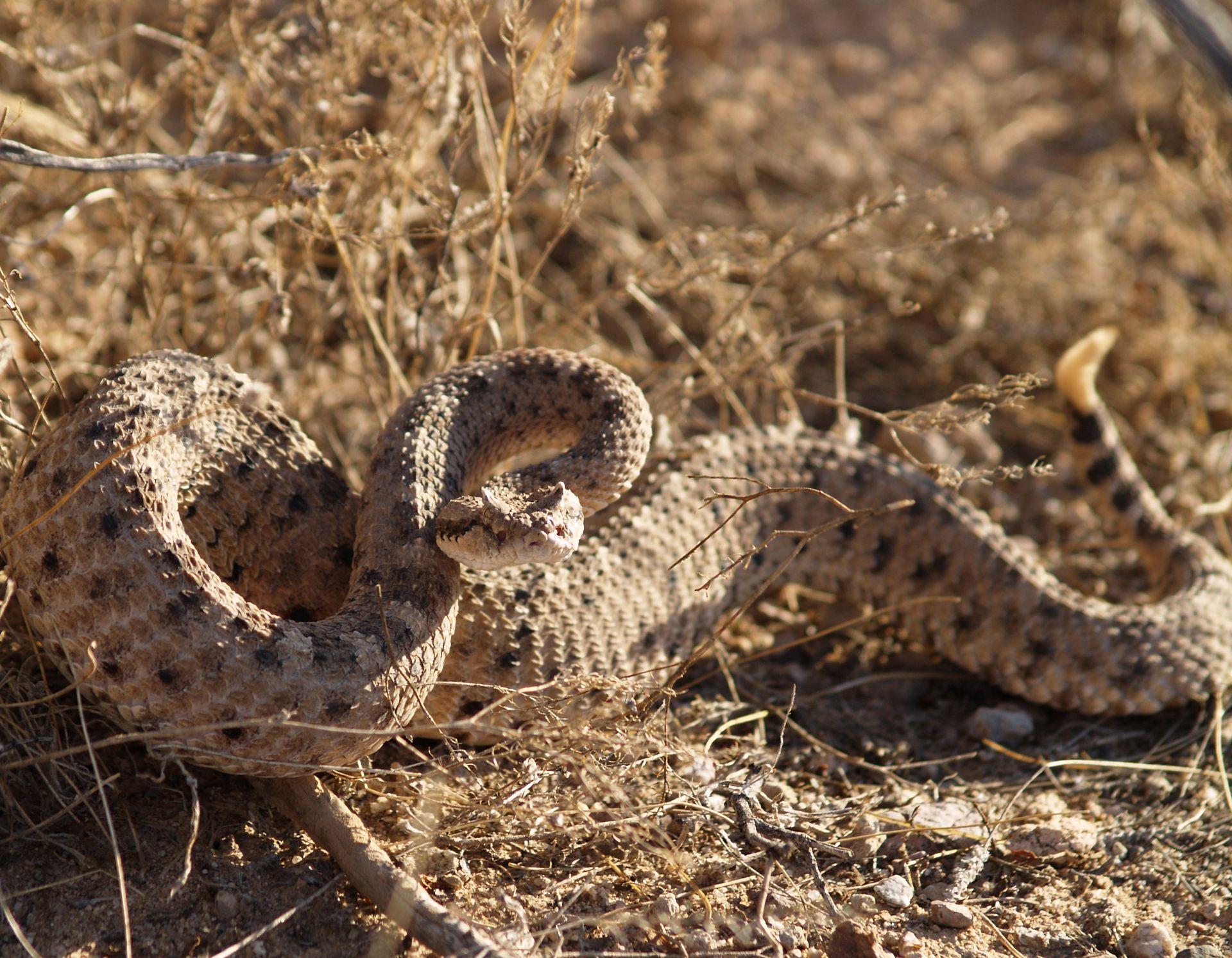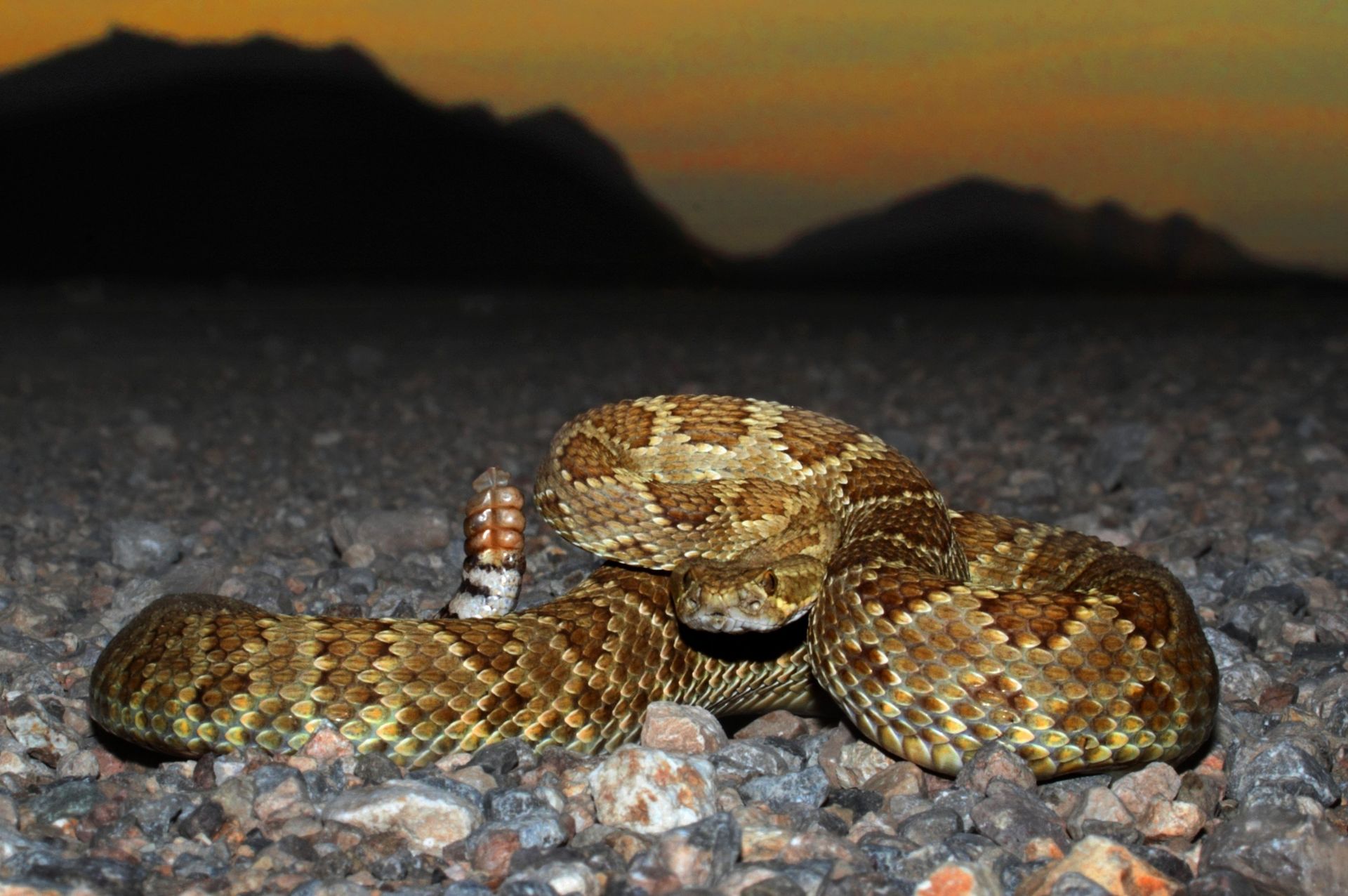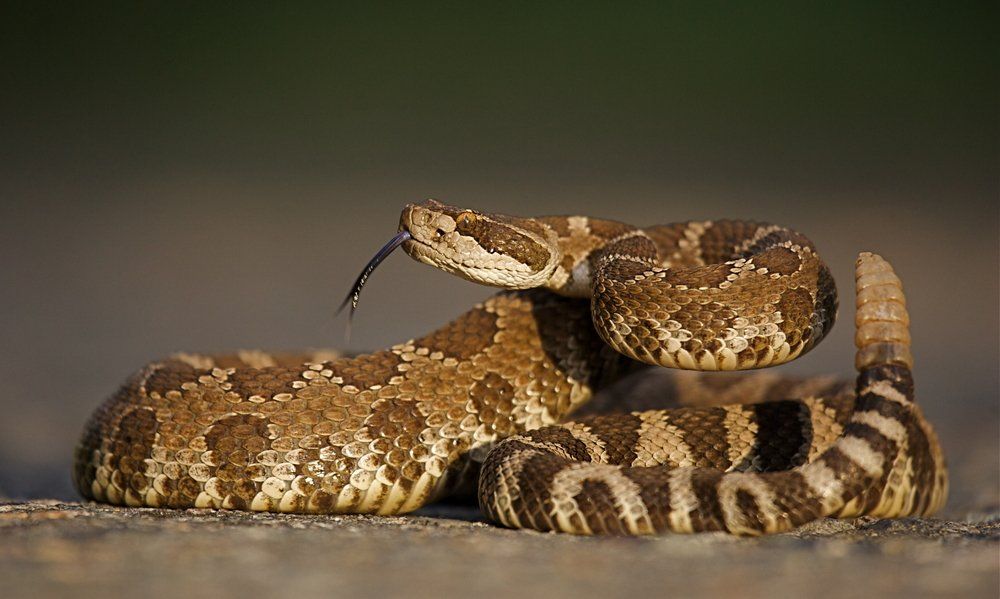Island of AwarenessSee Through Awareness

Awar /Ā-wahr/ Awareness: Listen to the Warning Signs and Stay Positive
- I see through awareness.
- Notice my personal emotion system warning and rewarding according to the positive and negative thoughts and behaviors I have.
- Once aware, replace negative habits and associated self-defeating behaviors with positive habits and associated self-emancipating behaviors.
- Be vigilant to form only positive habits in my life.
- I come to see who I really am.
- Awareness elevates me to a higher degree of enlightenment and personal mastery.
- As awareness is increased, it positions me to accurately evaluate circumstances and situations.
Recommended Path:
2
- Listen to Awar the Rattlesnake.
- Write your thoughts and impressions.
- What should you be aware of?
- Can you hear the quiet rattle in the background?
- What symbolism can you draw out from hearing that soft sound?
- Read through the rattlesnake facts.
- How can you liken the rattlesnake to being aware?
- How would you define awareness?
- Read through the song lyrics and identify the things that you should be aware of and then search your core books for teachings, stories, and examples of these things.
- How can you share these stories with those you lead? Are there pictures, videos, or other resources you could use?
4
1. Rattlesnakes have a highly-evolved warning system. The rattle and hissing serve a single purpose: to warn others.
2. As the rattlesnake grows and can strike stronger and farther, more segments of the rattle are added, giving the warning system greater strength and capacity to match the growth of the snake.
3. A rattlesnake cannot hear airborne sounds, so its hissing is only useful for warning potential victims. Its lung has a large capacity for air, making it very capable of emitting a loud or long hiss as the situation warrants.
4. The triangular head and unique diamond on its back can also be a warning signal. The rattlesnake will coil its body to protect itself from harm and also to prepare to strike if a predator gets too close.
5. The rattlesnake has poisonous venom that is painful but not always life-threatening if treated quickly.
6. What else can you learn about rattlesnakes?







